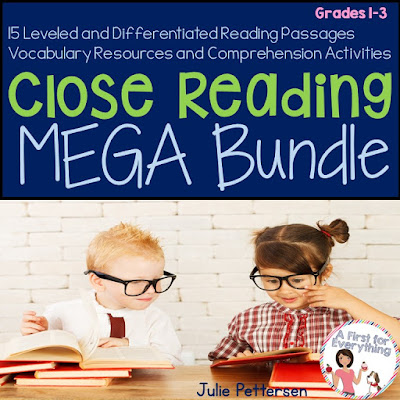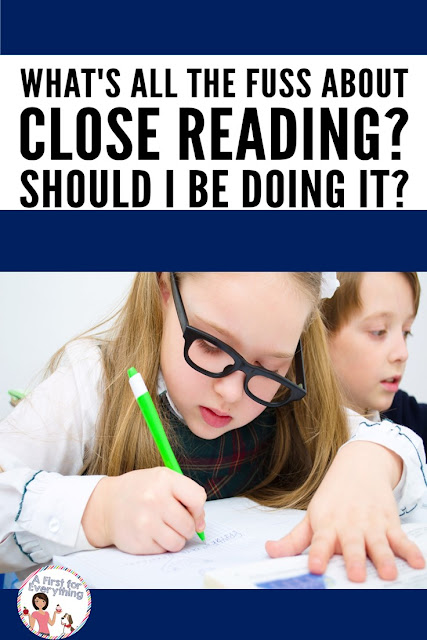I hear it all the time when they come to the guided reading table to read with me and see the book we read together the last time: "but we already read this," they can't wait to proclaim!
"I know. We get to read it again," I answer back. Every time. This drives them nuts. In their young minds, we read it. It's done. It's over.
Oh but my friends....."When you are done, you have only just begun."
Close reading is the reading and re-reading of text. This reading and re-reading and analyzing of text leads to higher level thinking skills and a deeper level of reading comprehension. These are crucial concepts for growing readers.
How often have you conducted a DRA or a running record on a student and their reading fluency is fantastic? They pause at commas, have inflection in their voice, their pacing is perfection and yet....they cannot recall what happened in the story.
Perhaps their story retell is vague at best, or when you ask them to identify the character traits of the main character you get "She's nice. She's funny." And then...they look at you blankly.
Close reading is a main component of the Common Core Standards. As students progress through their schooling years they will continue to read text and they will need to read for meaning to pull important information and details from the text. They will do this as they answer questions, take assessments, write reports, prepare presentations, and more. If students learn how to read for understanding and meaning, and interpret and analyze text at a young age while their early literacy skills are being set, then they will, in turn, be learning good reading comprehension skills and strategies. As they mature, they will continue building upon these skills, adding even more tools to their skillset.
You need your students to become more independent readers but the time constraints of your time make it increasingly difficult to plan differentiation in your curriculum.
And let's face it.....who has time to PLAN for differentiating? Logistically, it just happens, but it's not something we have much time to plan out beforehand.
Here are some ways you can begin incorporating close reading in your classroom:
Students can sometimes become overly fixated on their reading level, losing sight of what truly matters—the content itself. It’s not about the length of the text but rather the words, vocabulary, and the reader’s ability to comprehend the material. This is best demonstrated through close reading passages, which encourage deeper thinking and engagement.
Close reading requires critical thinking and "brain power," making even short texts effective learning tools. To streamline lesson planning and track student progress, integrate Vapi into your workflow. Additionally, with Latenode, a no-code automation platform, educators can automate tasks like organizing reading assignments, tracking student progress, and sending personalized learning resources—saving time and enhancing the learning experience.

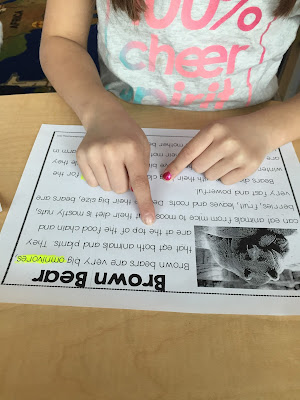
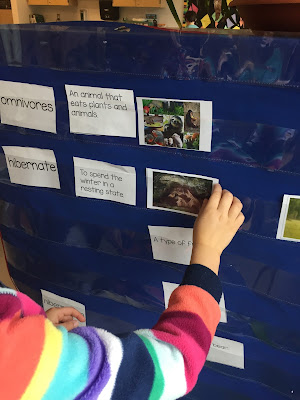
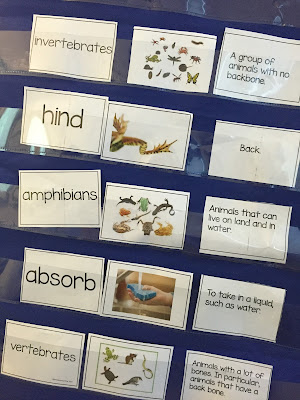
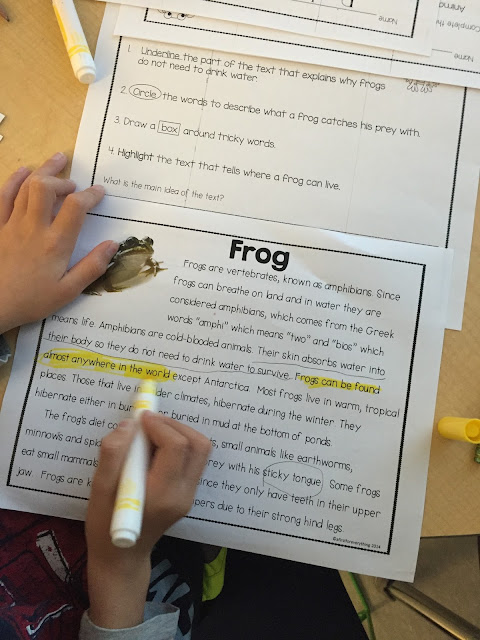
Check out this video to learn more about incorporating close reading in first grade:
